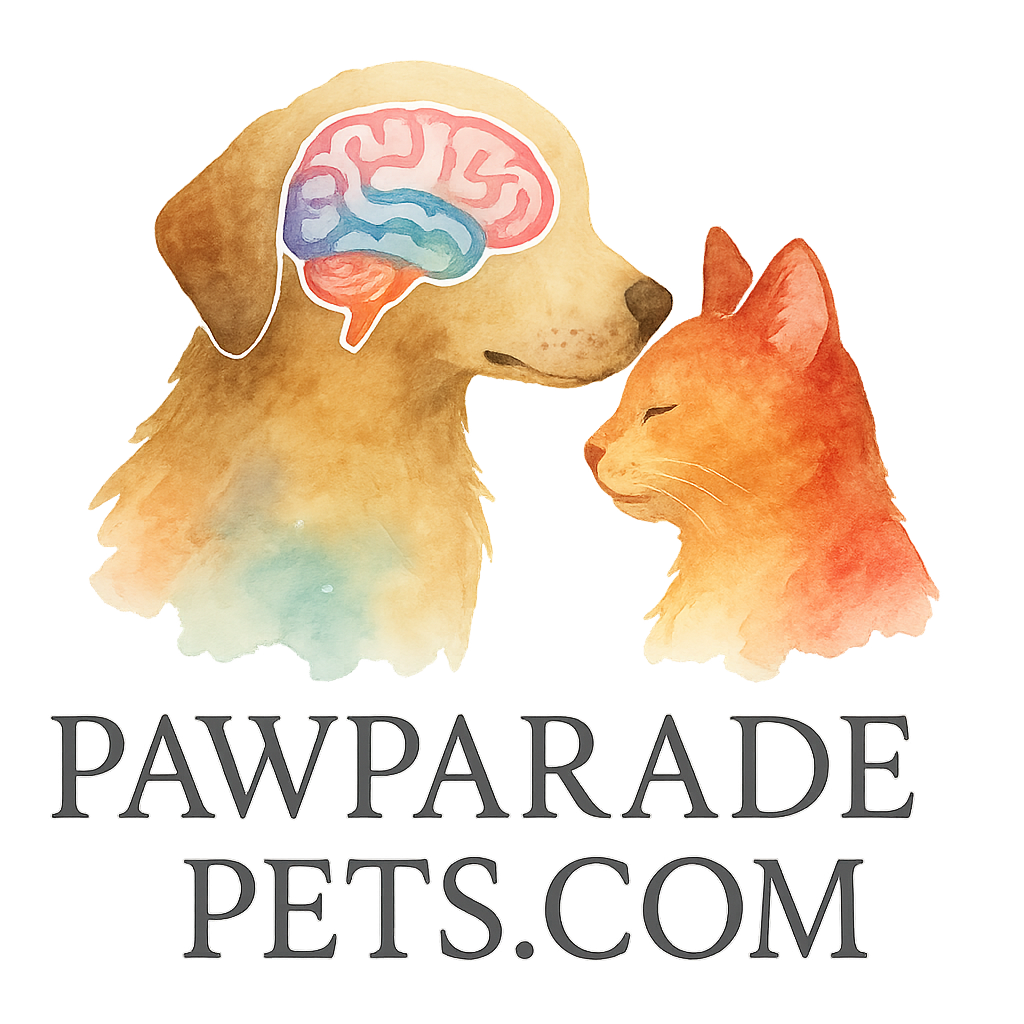Introduction
When you think of training your pet, the first things that come to mind are probably sit, stay, or fetch. But here’s the truth—your pet’s brain craves stimulation just as much as their body needs exercise. Brain training is not just a trend; it’s a necessity for happy, well-adjusted pets. In this article, we’ll dive into 10 daily routines for effective brain training for pets—routines you can easily integrate into everyday life.
Why Brain Training for Pets Matters
Mental Stimulation vs. Physical Exercise
Many pet parents think a long walk or a game of fetch is enough. While physical exercise is essential, it’s only half the story. Mental stimulation, often overlooked, prevents boredom, reduces anxiety, and curbs destructive behavior.
The Science Behind Pet Brain Training
Studies show that brain stimulation enhances neuroplasticity—basically, your pet’s ability to learn and adapt. Whether you’re working on obedience, problem-solving, or just giving them something fun to do, brain training keeps their minds sharp.
Routine #1: Morning Puzzle Games
Interactive Food-Dispensing Toys
Start your pet’s day with a challenge. Instead of a boring food bowl, try puzzle feeders or interactive brain training toys. These encourage problem-solving and slow down eating.
Hide-and-Seek Treats
Hide small treats around your home and let your pet hunt them down. This taps into their natural foraging instincts and wakes up their brain for the day.
Routine #2: Command Practice Sessions
Basic Commands for Obedience
A few minutes every day reviewing basic commands like sit, stay, and come can strengthen obedience. If you’re looking for structured steps, explore behavior and obedience training.
Advanced Cognitive Challenges
Once your pet masters the basics, move on to advanced cognitive challenges. Teaching tricks like “tidy up your toys” keeps training exciting and mentally demanding.
Routine #3: Short Daily Training Bursts
Keeping Sessions Fun and Engaging
Training doesn’t need to be a marathon. In fact, shorter bursts (5–10 minutes) are far more effective. Pets learn best when training feels like play.
Using Positive Reinforcement
Always reward effort. Treats, praise, or a favorite toy reinforce good behavior and make your pet eager to learn.
Routine #4: Interactive Playtime
Tug, Fetch, and Chase Games
Games like tug-of-war or fetch aren’t just for exercise—they engage your pet’s decision-making skills.
Problem-Solving Activities
Try games and activities that challenge your pet to think. For example, hide a toy under cups and let them figure out where it went.
Routine #5: Socialization Opportunities
Meeting New Dogs and People
Socialization is brain work too. Meeting new dogs and people forces your pet to adapt to different cues and environments.
Exposure to New Environments
Walk in a new neighborhood or visit a dog-friendly store. Every new scent, sight, and sound stimulates their brain.

Routine #6: Scent and Nose Work
Snuffle Mats and Scent Trails
Scent training is one of the best brain workouts for pets. Snuffle mats or homemade scent trails keep your pet engaged for long stretches.
DIY Scent Games
Hide treats in boxes or under blankets and encourage your pet to find them. This activity promotes patience and persistence.
Routine #7: Quiet Focus and Patience Training
Teaching “Wait” and “Stay”
Impulse control is a huge part of pet training. Practicing “wait” and “stay” teaches self-control, which strengthens mental discipline.
Building Self-Control
Ask your pet to wait before meals, or stay still while you open the door. These small moments teach big lessons.
Routine #8: Evening Relaxation Brain Work
Chew Toys for Mental Relaxation
Chewing is a natural stress reliever. Durable chew toys calm your pet while also stimulating the brain.
Calming Games Before Bed
End the day with light brain games, like rolling a treat ball slowly or teaching a new easy trick.
Routine #9: Using Gadgets and Brain Training Devices
Smart Toys and Interactive Gadgets
Technology has reached the pet world. From gadgets to tech-based toys, there are endless devices designed to challenge your pet’s brain.
Digital Tools for Training
Apps and smart feeders help you track training progress and provide interactive puzzles even when you’re away.
Routine #10: Consistency and Variety in Training
Balancing Repetition with Novelty
Routine builds discipline, but variety keeps things exciting. Alternate between brain training basics, games, and obedience tasks.
Long-Term Benefits of Brain Training
Over time, daily mental workouts can improve behavior, reduce stress, and even slow cognitive decline in older pets.
How to Create a Sustainable Brain Training Schedule
Setting Realistic Goals
Don’t try to teach everything at once. Start small, build gradually, and celebrate small wins.
Tracking Progress
Use a journal or app to track new commands, skills, or activities. This way, you’ll see just how much your pet is growing mentally.
Common Mistakes in Brain Training for Pets
Overtraining or Boredom
Too much training can overwhelm your pet. Keep it short, sweet, and fun.
Ignoring Positive Reinforcement
Never punish mistakes. Reward effort and celebrate progress instead.
The Benefits of Brain Training for Pets
Health Benefits
Brain training supports cognitive health and reduces stress, promoting longer, happier lives.
Behavioral Improvements
Well-stimulated pets are less destructive, more obedient, and easier to manage.
Stronger Bond Between Owner and Pet
Shared brain training routines deepen trust and strengthen your bond.
Conclusion
Brain training isn’t just a luxury—it’s a daily necessity for pets to thrive. By incorporating these 10 daily routines for effective brain training for pets, you’re not only enriching their life but also building a stronger, happier bond together.
If you’re ready to dive deeper, explore more ideas at Paw Parade Pets and check out their guides on games and activities, brain training basics, and tools and toys for brain training.
FAQs
Q1: How long should daily brain training sessions be for pets?
Short sessions of 5–15 minutes, 2–3 times a day, are ideal.
Q2: Can older pets benefit from brain training?
Absolutely! Brain training slows cognitive decline and keeps seniors engaged.
Q3: What’s the best way to start brain training a puppy?
Begin with simple commands and basic puzzles to build focus and discipline.
Q4: Do brain training toys replace exercise?
No, they complement exercise. Pets need both physical and mental workouts.
Q5: Can cats benefit from brain training too?
Yes! Cats love puzzle feeders, hunting games, and interactive toys.
Q6: How do I know if my pet is overtrained?
Signs include frustration, ignoring commands, or walking away. That’s your cue to stop.
Q7: Where can I find reliable brain training tools for pets?
You’ll find helpful resources and guides at Paw Parade Pets.


